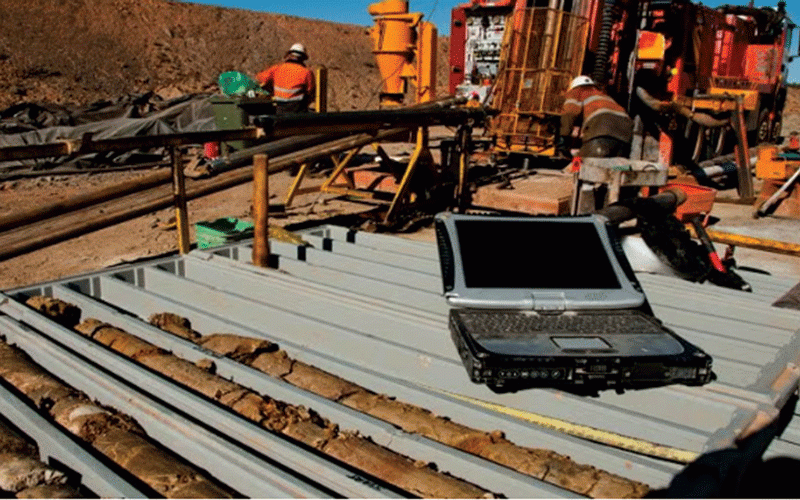
THE African Development Bank (AfDB) says Zimbabwe has an estimated annual financing gap of US$3,7 billion which will scupper the country’s target of achieving an upper-middle-income status by 2030.
Government is confident of meeting the 2030 target, banking on growth in mining and agriculture and infrastructural development.
Experts say one of the key challenges in achieving that goal is the country’s inability to attract capital because of debt, corruption, inconsistent policies, declining consumer spending and drop in power production, among others.
In its new country focus report titled, Driving Zimbabwe’s Transformation: The Reform of the Global Financial Architecture, AfDB said substantial financial resources were required for Zimbabwe to achieve meaningful structural transformation.
“The AfDB estimates that Zimbabwe has an estimated annual financing gap equivalent to 13,4% of GDP [gross domestic product] [US$3,7 billion] and 2,3% of GDP (US$0,66 billion) to achieve the desired structural transformation by 2030 and 2063, respectively,” the bank said.
“The magnitude of these estimated financing needs and gaps cast doubt on the ability of Zimbabwe to mobilise these financial resources. This is mainly because Zimbabwe remains in a peculiar situation owing to its long outstanding, unsustainable debt.”
The bank said Zimbabwe had seen minimal structural transformation over the past four decades, with the economy remaining heavily reliant on primary sectors such as agriculture and had limited progress in transitioning to higher-value sectors such as manufacturing.
“Investment in technology and infrastructure is imperative to enhance productivity and support economic diversification. Low labour productivity highlights the need for significant improvements in education and skills for employability,” AfDB said.
- New perspectives: Building capacity of agricultural players in Zim
- New perspectives: Building capacity of agricultural players in Zim
- Xenophobic attacks against Zimbabweans barbaric
- AfDB president Adesina coming to Zimbabwe
Keep Reading
“Infrastructure deficits, particularly in power generation and transportation, present substantial challenges that must be addressed to support economic activities and attract investment.”
The bank added that Zimbabwe’s public debt, at 96,7% of GDP remained unsustainable and obstructed the country’s ability to access external development assistance, posing a substantial challenge to economic growth.
As of June, Treasury reported that debt stood at US$20,95 billion.
However, in May, during AfDB’s annual meetings, the country’s creditors noted that debt as of the end of last year was US$21,9 billion.
“Immediate debt restructuring and clearance of arrears are crucial to creating fiscal space for infrastructure investment and attracting foreign direct investment. Effective debt management is critical to ensuring borrowed funds are utilised efficiently, supporting economic development without exacerbating the debt burden,” AfDB said.
“Addressing the significant financing gap for climate action is also crucial, given Zimbabwe’s vulnerability to climate change. Leveraging various financing mechanisms, including public-private partnerships, is necessary to mobilise resources for key projects. Zimbabwe holds considerable potential for significant economic transformation.”
To realise this potential, the bank said Zimbabwe must effectively manage its debt, diversify the economy and invest in critical infrastructure and human capital.
“In addition, Zimbabwe must decisively address the high levels of informality, considered one of the highest in the world. Tackling these challenges through strategic policies and efficient resource mobilisation will be vital for achieving sustainable development and economic resilience,” AfDB said.
“Drivers for accelerating structural transformation in Zimbabwe include advancing technology and infrastructural development mainly power generation and distribution, transportation and water supply infrastructure.”
The bank said human capital development and good governance were also essential enablers for structural transformation.











